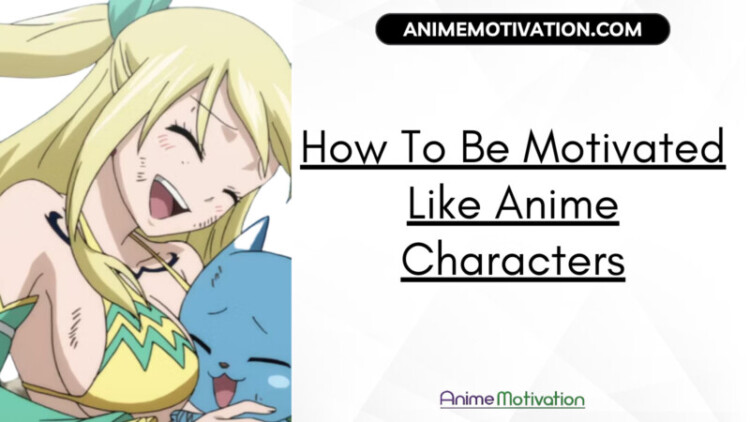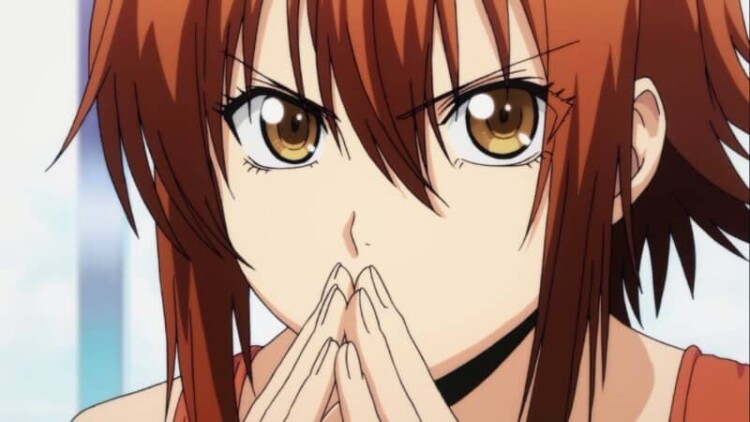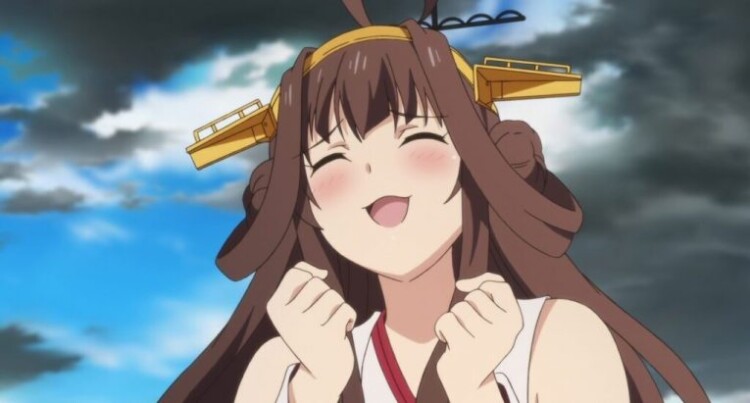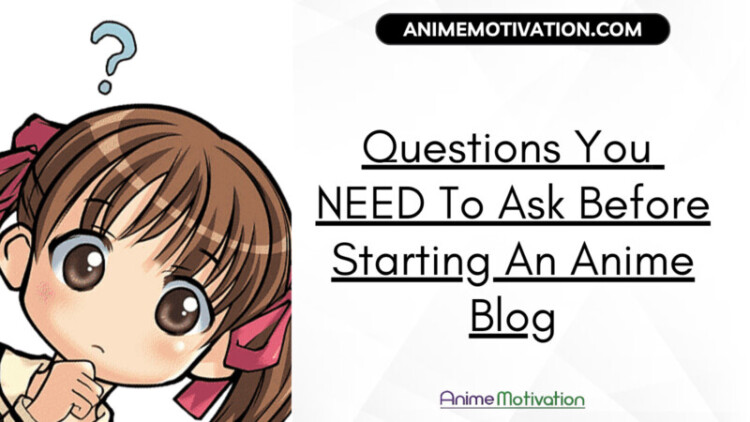I don’t talk about it much, if at all. But I have anime fans and people ask me about “anime copyright law” a lot.
Sometimes through email, or
It’s best to stay on the “safe” side and avoid any trouble after all. And there isn’t any info out there (minimal).
So let’s talk about it.
Who this post is for:
- Bloggers
- Writers
- Authors
- Creators
- Businesses
- Website owners
- Journalists
And anyone who shares and uses anime content online.
It even applies to you as an anime fan if you share images on
So… let’s get it cracking.
What Is Anime Copyright Law?
Anime copyright law is the protection of people’s copyrights, relating to anime.
That means:
- Articles
- Books
- Images
- Logo’s
- Videos
- Drawings
- Designs
- Music
And anything related to something you or someone else created is protected by copyright. Regardless of anime.
Copyright is automatic. So there’s no need to pay to copyright something (but it’s best to check with your country).
How Anime Copyright Works

As I was saying, anime copyright is automatic. You don’t have to do anything special for it to take effect.
It’s in effect the moment you create something.
Beyond that – here’s how it works.
If someone:
- Uses
- Shares
Or even screenshots something YOU created, generally they have to give credit.
It’s the reason why you see news sites across the board credit the source they “took” information from.
Or why they credit the source for:
- News
- Images
- Videos
- Content
- Quotes
Or anything related to a website (or owners) copyright.
The same applies to you if you use, share, or “take” someone else’s work. Even if you don’t necessarily steal it.
Examples

This image is clearly created right here on
The image is clearly credited on both bottom corners as well.
If you were to use this, credit is obviously due to the site. Anyone ripping off or trying to claim it as their own would be violating copyright.
In this case, a copyright owner has every right to report you or whatever is necessary, depending on the situation.
If it were YouTube, this would be a “strike” against your channel, and so on.

In THIS example from the other end, this
I DON’T own the copyright because I didn’t create it.
The right thing to do is to give credit if I’m gonna use it.

The credit goes too Onmyoji: Higanbana
It’s that simple. That’s how anime copyright works, regardless of the type of “content” it may be.
Always link back and always credit the source at the least. And if it’s a paid product, ask for permission and don’t be lazy (YouTubers are the worst culprits for this).
Why You Should Take It Seriously:
1. Don’t be a hypocrite
We warned TeamYouTube to stop Suzy Lu’s behavior and breaking copyright law. Now the community fixed it on our own.
Remember this outcome. pic.twitter.com/VO06KbzdZH
— Pimp Master Broda (@PimpMasterYoda1) May 5, 2020
You might be aware of the Suzy Lu drama that stretched from 2019 to 2020. A thing that started because Suzy Lu falsely “copyright striked” channels for having a differing opinion.
Sometime in late 2019 and especially 2020, karma came back swinging and her website had a DMCA filed against it.
By Japanese corporations.

Copyright affects everyone on both sides.
You can’t go ripping off or “sharing” other people’s content and then crying when the same thing happens to you.
Don’t be a hypocrite.
That leads to my next point….
2. Support the anime community

It’s common sense.
When you do good things they’re more likely to come back to you.
Even if they don’t, the point is – crediting the original source supports the anime community as a whole. If more of us do it, then MORE people’s work gets the exposure it deserves,
And that’s true whether it’s:
- Video
- Written
- Books
- Drawings
- Art
Or any other form of copyright that can be shared, used, referenced or worse – stolen.
You can’t claim to be an anime journalist, business or anime fan if you’re stealing and using other people’s content and refusing to give credit.
If you don’t wanna give credit, don’t use it. That’s hypocrisy (point #1).
3. Avoid unnecessary headache

Companies, copyright owners, designers, writers… Not everyone has the guts to do something about it, but someone WILL do something.
In some cases that means outright suing you, taking you to court, calling you out publicly, or worse.
And rightly so.
None of that is worth the headache or the trouble because when sh*t gets real, only then do people start “taking it seriously”.
Anyone with no morals or standards has no business being a publisher, because in the end it’s gonna turn out uglier than it needs to be.
How To Use Anime Images, Audio, Videos & Content
- Embed YouTube videos (or images, etc).
- Give credit where credit’s due.
- Link back to the source if possible.
- Avoid manipulating the image or content to remove the original credits (logo’s, etc).
Where To Learn More About Copyright

I’d start with Wikipedia.
It’s basic, easy, understandable and gives a solid break down of copyright in general.
How Copyright WorksAnd if you want more, read up on copyright in your country, specifically.
Overall that should do it.
That’s anime copyright law in a nutshell, how it works, and why you should take it seriously.
–
Recommenced Next:
KissAnime & 36 Anime Pirate Sites To Be BLOCKED By Disney In India!
The Ultimate Guide To Help You Get Into The Anime Industry

























